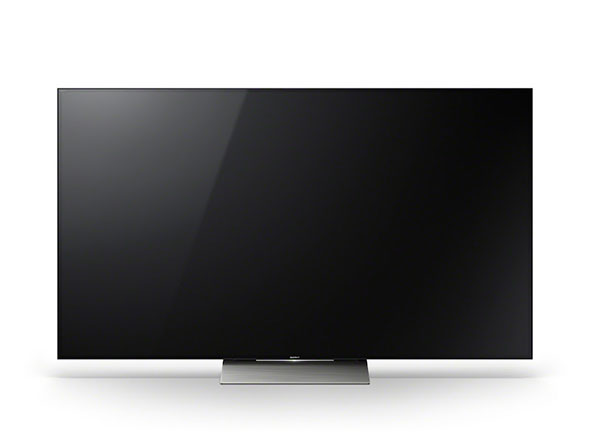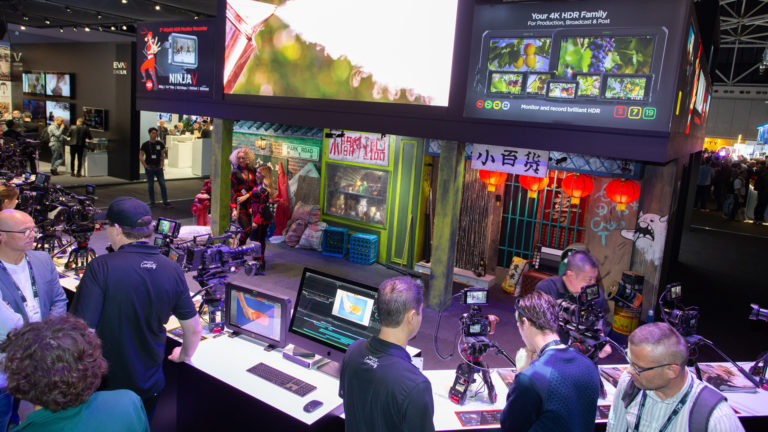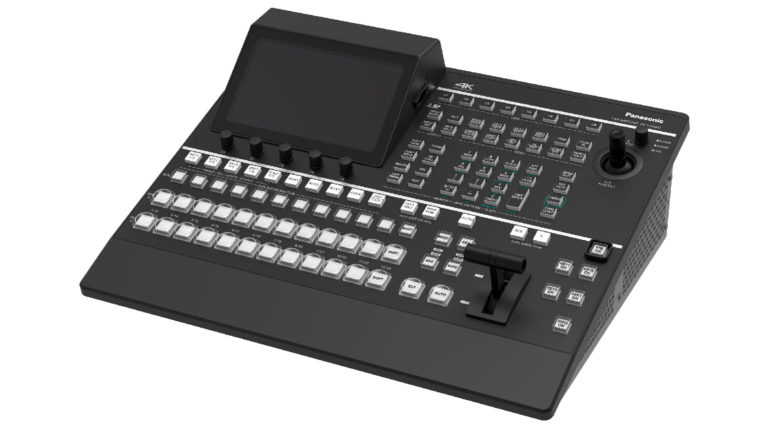
Monday's UHD Alliance announcement of the Ultra HD Premium logo seemed designed to put a united front on the consumer electronics industry's push for 4K displays, clearly indicating which units support baseline industry standards for displaying UHD resolution, HDR, and wide color gamut. At CES this week, LG, Panasonic and Samsung all displayed forthcoming UHDTV sets that will meet the certification standards and carry the logo.
Unsurprisingly, Sony seems to be going its own way. Although Sony is a member of the UHD Alliance, the company announced its own special 4K HDR Ultra HD logo, promising in a press release that all sets bearing that logo "meet the Consumer Technology Association's HDR definition." However, according to the Associated Press, Sony's UHDTVs will not bear the Ultra HD Premium logo, a decision that seems sure to sow confusion among consumers. When potential TV buyers try to compare Sony's offerings to, say, Samsung's 2016 line-up, they'll rightly wonder about the difference between "Ultra HD Premium" and "4K HDR Ultra HD" and it's anyone's guess what conclusion they'll come to. So much for that unified front.
Right now, one chief distinction among HDR-ready UHDTV sets is Dolby Vision, which will be supported on sets from LG, Vizio, and TCL. But Dolby Vision is not synonymous with HDR, nor is it the only proprietary flavor of HDR signal. (According to a recent SMPTE study, proposals have been advanced by the BBC and NHK, Technicolor, Philips, and Samsung.) Last year, the CTA (then known as the Consumer Electronics Association) defined HDR-compatible displays as those that support what's known as the HDR10 Media Profile. HDR10 specifies Rec. 2020 color space, the SMPTE ST 2084 standard for image encoding, and 10-bit bit depth. Dolby Vision content includes HDR10 as a base layer, but adds metadata and an enhacement layer that are designed to further improve image quality. Fortunately, Dolby Vision is backward compatible, meaning that if you play Dolby Vision-encoded content on a set that only supports HDR10, you will still see an HDR image — just without the enhancements that Dolby Vision might provide. Phil Hinton at AVForums cornered Ron Martin, VP of operations at the Panasonic Hollywood Lab, at CES to ask him about how exactly HDR will be implemented on Ultra HD Blu-ray discs and other systems. The video below is worth a watch if you're curious where the industry is in terms of HDR adoption.
HDR or not, it's hard to tell what content early adopters will be able to watch in Ultra HD. While services including Netflix, Amazon Prime, and Vudu have been providing a sliver of their content offerings in UHD to smart-TV owners, UHD Blu-ray players will go on sale soon along with a handful of big studio titles on disc. (That's right — Hollywood really is launching a new physical media format to supersede Blu-ray.) The New York Times quoted a Samsung estimate that about 800 titles are already available for UHD viewing through various delivery channels.
Meanwhile, plans for 4K broadcasts continue to move forward, if slowly. On the show floor, LG and Samsung demoed experimental 4K HDR broadcasts from local Las Vegas stations KHMP and KSNV using the new ATSC 3.0 transmission specs. "In the coming months, we expect that broadcasters will ask the FCC to authorize use of ATSC 3.0 for terrestrial television broadcasting in the United States," ATSC President Mark Richer said in a statement on the organization's website. The issue here is that many (most?) U.S. broadcasters are in no great hurry to update their infrastructure for the sole purpose of broadcasting in 4K. A lot of them are still paying for the HD transition, and almost none of them have heard from viewers that current HDTV standards offer sub-par viewing quality.
The bottom line? Content creators who shoot and finish in 4K may have an advantage when it comes to distributing that material now, and in the future — at least until there's a glut of UHD content on the market. But as far as home viewing goes, if you haven't upgraded your set to UHD yet, you've probably got another 12-18 months, at least, before you start feeling like you're missing out on a lot of great content.
Crafts: Broadcasting
Topics: Blog Distribution and Marketing Technology 4K CES ultra hd
Did you enjoy this article? Sign up to receive the StudioDaily Fix eletter containing the latest stories, including news, videos, interviews, reviews and more.











Ugh. From Betamax to Memory Sticks to MiniDiscs, Sony has always killed itself with stubbornness when it comes to standards. By now, with news like this lonely refusal to join the universe of Ultra HD Premium (and you didn’t even mention how their starting up a new Android TV store for their own, non-standard 4K “HDR” content), I just shake my head and say “that’s just Sony being Sony.”
What really pisses me off is that they are going to come out with a new format to supersede Blu ray and they will charge extra for it which will kill the acceptance of the format. Dummies should be charging less. I have had a 4k tv for the last six months a 1080 upgraded to 4k in the tv looks just as good as 4k so I will not be wasting my money on yet another non backward compatible way too expensive format.